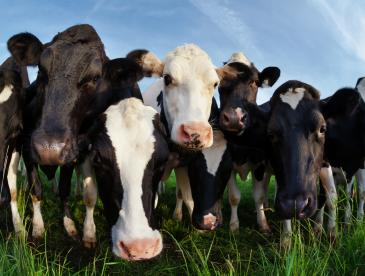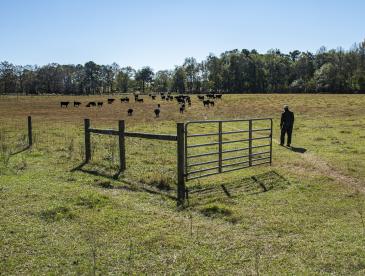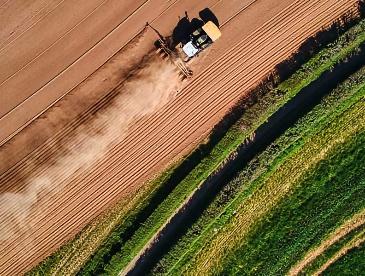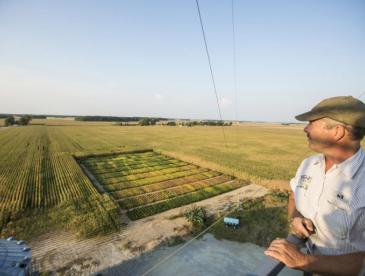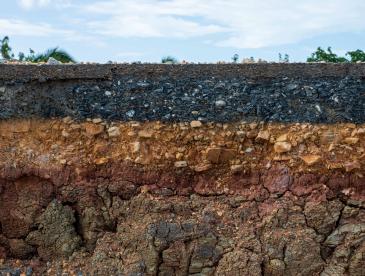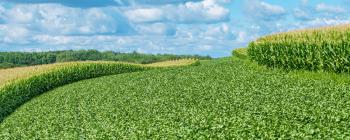
Making farming more sustainable and productive
The problem: Globally, agriculture contributes one-quarter of the pollution warming the climate. At the same time, climate impacts like droughts and heat waves are already threatening the livelihoods of more than 1 billion people who depend on agriculture to support their families. Business as usual isn’t working for farmers, ranchers or the planet.
What we’re doing about it: We’re expanding the use of climate-smart practices in the U.S., EU, China and India to increase food production for a growing population, rapidly reduce powerful pollutants like methane and nitrous oxide, and make rural communities more resilient.
Our work expanding the use of climate-smart practices
- Overview
Helping livestock farmers cut methane emissions
- Overview
The race to climate-proof agriculture
- Initiative
A farm bill that helps farmers, ranchers and the climate
- Website
Harnessing the power of farm loans and crop insurance
- Initiative
Make the invisible loss of nitrogen visible
- Article
Farmers and scientists dig into the climate power of soil
Updates
Read the latest articles, blogs and press releases on climate smart agriculture.
-
Three takeaways from global action on agriculture and climate
Blog post, -
In a dry California valley, the Wukchumni Tribe cultivates abundance
Article, -
94% of agricultural finance institutions see climate change as a material risk to business
Press release, -
From feed formulation to fermentation: Can dairy cow nutrition models predict enteric methane emissions?
Blog post, -
An innovative water sharing program in India helps improve farmer livelihoods
Blog post, -
In India, an environmental solution that’s good for farmers, cows and climate
Article,
Agriculture resources
Dig deeper into our work with these resources for researchers, policymakers, journalists and communities.
- Blog
Growing Returns: EDF blog featuring discussions of resilient land and water systems
- Overview
Soil carbon: Can cropland soils be a part of the climate solution?
- Video
Fireside chat: Dairy for nutrition and livelihoods, a perspective from India
- Report
Heat stress threatens agricultural workers’ health
- Interactive tool
How climate change threatens U.S. crop production
- Blog post
Managing climate change risks at agricultural finance institutions
Our agriculture experts
Media contact
Hilary Kirwan
(202) 572-3277 (office)











